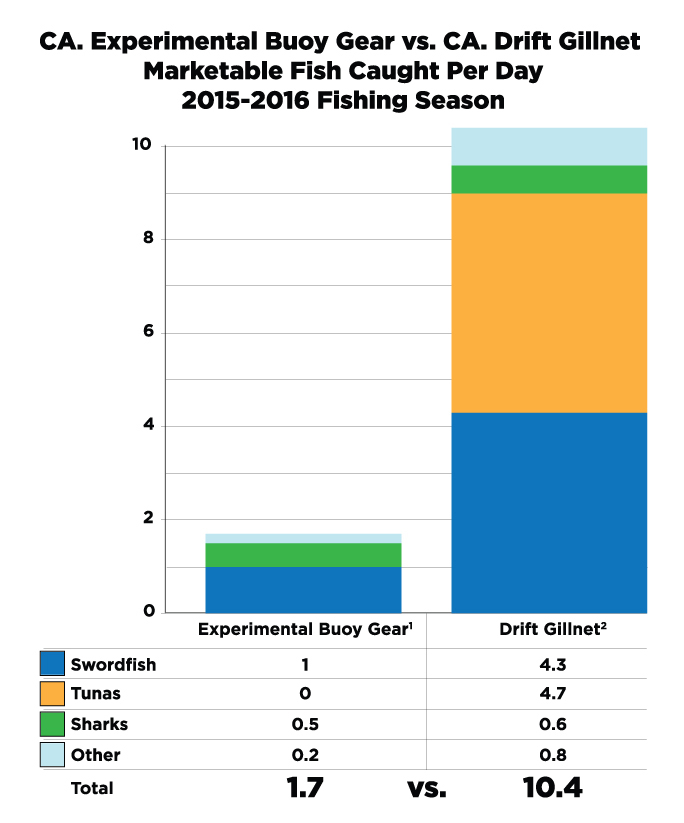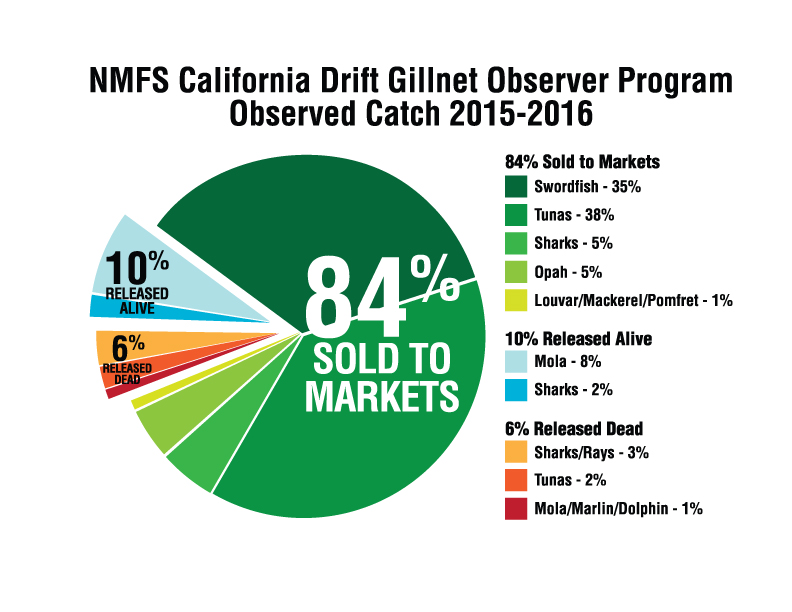Note: I wrote this post below back in July 2012 when I lived in Santa Barbara, CA. and was the Assistant Director of the Santa Barbara Marine Mammal Center. I don’t remember why I decided not to post it back then, but you will understand why I decided to post it now once you get to the end of the story.
I am not going to tell you whether it’s right or wrong to keep animals captive. Instead I want to share a story with you that represents my personal journey that led me to my own opinion on the matter. It’s the story of a sea lion that was born blind and got a second chance at life. We will call her 10-06 for now.
One day while I was on-call for rescues early January 2010, I got a call about a sea lion “pup” that was stranded on a beach near my house. I put the word pup in quotes because folks often mistake young sea lions as pups. California sea lions are born for the most part out on the Channel Islands and the peak pupping season for is mid-June. That means this sea lion was at least 6months old and had theoretically been on her own (as far as feeding is concerned) for at least 3-4 months.
When I arrived at the beach, the caller who reported the animal had left but she said she stuck a piece of driftwood near the animal so I could find it. I saw the driftwood stuck into a bunch of larger rocks on the beach, but I could not find the animal. As I was dialing the woman’s number to get more info on the whereabouts, I looked down and saw a bag of bones that I almost stepped on. It was an emaciated sea lion that looked to weigh no more than 20lbs. Sea lions are about 13-18lbs (give or take) when they are born and a healthy 6month old sea lion should weigh around 50lbs. so it was clear that there something was very wrong with her. She became known as patient 10-06 being that she was rescued in 2010 and she was the 6th animal we had rescued so far that year.
It was without a doubt the smallest and skinniest sea lion I had ever seen for how old she was. It’s eyes were sunken in and closed shut with a thick layer of dried puss. The animal was unresponsive and was hardly breathing as I carried her up the stairs to the truck. My experience told me that her chances of surviving through the night were slim to none. Upon arrival at the Center, we tube fed her a couple pumps of a milkshake of sorts that includes mackerel, fish oil, vitamins and some lactated ringers solution among other things. I’ve seen this formula work miracles and thankfully this time it did just that.
By the next day she was up on her flips and had enough energy to where we felt comfortable enough to give her a proper check-in. We cleaned the dried puss around her eyes and quickly noticed that her eyes were like nothing we had seen before. The eyeballs and lenses were a lot smaller then we had ever seen and we were questioning weather or not she could even see us. After a visit from our vet, our fears were confirmed. In addition to a bad case of pneumonia, patient 10-06 was blind in both eyes and was likely born blind due to some sort of genetic defect.
How she survived so long and made it across our Channel, which is roughly a 25-mile swim is nothing short of a miracle. The bad news was that we could never release her back to the wild like we usually do. Blind sea lions have been witnessed and recorded in the wild, but looking at the weight of 10-06, it was clear that she was not feeding on her own. Releasing her back to the wild would be a death wish. Our two options were to either humanely euthanize her or to find her a permanent home at a zoo or aquarium. Even though I had personally rescued a few hundred marine mammals up to this point, this animal had a special place in my heart for one reason or another, probably because her stay was longer than normal and I spent the most time with her. I watched her go from a 20lb. bag of bones to a healthy 1yo sea lion that weighed 75lbs. She was at our Center for nearly a year compared to most patients that are in and out in a month or so.
Euthanasia was not an option to me although realistically we would be faced with it if we could not find a home for her. Once again, my emotions were involved and I was all of a sudden very interested in finding her a permanent home in the very places I used to be against. But now, all of a sudden I had a new perspective on zoos and aquariums as they were the only chance of hope and survival for patient 10-06.
The process of finding a zoo or aquarium that is willing to take a sea lion with “special needs” can take some time. Most places prefer to take healthy animals that can breed and reproduce animals for future display. Patient 10-06 was not only blind, but if she were to get pregnant then chances are that her pup would be born blind, too. We knew that whoever agreed to take her would have to do so with an understanding that she would never have pups. We knew she would need a hysterectomy before she went anywhere else.

We normally do not like to pay any extra attention to patients at the Center because they are wild animals and we like them to stay that way. That’s why we give them names like 10-06 instead of a cutesy pet name. It’s because they are not our pets, they are patients at our rehab Center that we want to get in and out ASAP. Even though it’s really easy to want to get real close and even pet them when they will let us, that is not in the animals’ best interest. They are very impressionable animals and if we humanize them while they are at our Center, there is a chance that they will get into trouble by approaching boats and/or people in the wild and either get shot, hooked or even gaffed which I’ve seen in some (fatal) cases. But in the case of 10-06, we knew she would never be released. We believed it was in her best interest to get to know us and let her know that we mean no harm considering she was going to be around humans the rest of her life. We got her a little turtle pool for her cage and she invented a trick where she would take a mouthful of water and squirt it up 3 feet in the air and catch it in her mouth and would repeat this until she was all out of water. She quickly earned the name “Squirt” and everyone made an effort to talk to her and spend time with her so she would get used to the attention.
After several months we got news that Moody Gardens in Galveston, Texas was willing to take care of Squirt for the rest of her life. I immediately went to their website to learn as much about them as I could. I was very impressed with the facility. I learned that Moody Gardens takes a genuine approach to making a visit to their aquarium as educational of an experience as possible for the 2 million people that visit every year. More importantly I learned that their pinnipeds do not participate in shows performing circus acts for food and human entertainment. In fact, they have a very huge large pool to swim in and the only tricks or commands that they learn are to ensure that the employees can feed and examine the animals safely. There are balls and ropes that the animals can play with for enrichment on their own terms if they wish, and they usually do. She would also have 3 new friends: an 800lb. Adult male sea lion named Dino and 2 adult harbor seals, one of which has only one eye (another rescue). This all made me feel a lot better about Squirts new digs.

In November 2010 our vet performed a successful hysterectomy and once the stitches were out, Squirt was ready to go. Two reps from Moody Gardens came to visit Santa Barbara for a few days with the plan of taking Squirt back to Texas with them. They had constructed a special cage for her for transport from the Center to the airport, the plane ride, and then the final trip from the airport to Moody Gardens. She was literally FedEx’d there! When she arrived at Moody Gardens, she was brought to the quarantine zone which has a pool that is about 15’x15’ and about 5 feet deep. The quarantine zone is private and separate from the main pool and animals on display. The folks at Moody Gardens were thoughtful enough to have a turtle pool in the quarantine zone waiting for her so that she would have something familiar. This proved to be effective in helping her to be comfortable as she checked out the room. She would keep one flip in the pool as she explored the area around the turtle pool but the bigger pool was just out of reach. An employee slashed water in the pool to make noises and hopefully attract Squirt and it worked. She was swimming free in a pool that was larger than she had seen since her swim across the Channel. We were anxious to see how she weather or not she would be bouncing off the walls in the pool so our videographer entered the pool to film her underwater.
She was amazing to watch! She would start by swimming cautiously with her flips out, feeling the walls on all 4 sides. This lasted only a minute or two then once she got to know her space limitations, she was more and more active. In fact, she was so happy in that pool that they could not coax her to come out for 3 days (not even for food)! I saw the video of her feeling her way around the turtle pool and swimming in the bigger pool for the first time and lets just say water came out of my face (I never said I cried).

She stayed quarantined for a couple weeks while she learned the necessary commands to be examined and fed. Then, she was introduced to the public display pool that she had all to herself for a few days as she got used to it. Eventually, her 3 new friends were introduced one by one every couple days as not to overwhelm her. Again, I am extremely impressed with the steps Moody Garden takes to ensure the animals best interest.
For those first few weeks it was all very bittersweet to me. I was so happy we found her a good home, but I missed Squirt. Thankfully Moody Gardens had me covered. They have a live seal cam on their website that refreshes every few seconds. This was great for me to always be able to see how she was doing, but I can’t imagine it was good for my boss as I think I spent around 4-5 hours a day watching her and basically geeking out on her being happy for the first couple months. Now I only check I once a day or so and I think I always will.

I noticed one day that Squirt was catching a free ride on the backs of her new friends. She appeared to be trying to climb on their backs when they swam by and eventually she got her way…

 To this day, I still have the duct tape label we had taped to Squirts cage for a year with Squirts number on it stuck above my desk at work as a constant reminder of my old friend. I hope to make it out to Moody Gardens one day soon to pay her a visit that is long overdue.
To this day, I still have the duct tape label we had taped to Squirts cage for a year with Squirts number on it stuck above my desk at work as a constant reminder of my old friend. I hope to make it out to Moody Gardens one day soon to pay her a visit that is long overdue.
UPDATE: I visited Squirt at Moody Gardens on Friday, September 29th, 2017! It was my first time seeing her since she left California via FedEx over 6 years ago. 










